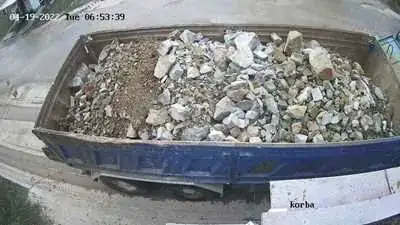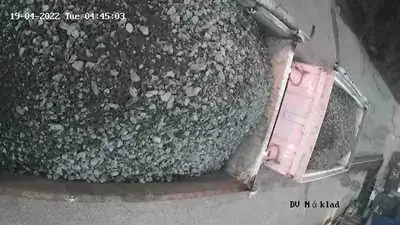I have thousands of images similar to this.
I can classify them using existing metadata to different folders according to gravel product type loaded on the truck.
What would be optimal way to train a model for image classification that would be able to guess the type of stone product on truck from the picture? I can use ML.NET builder that suits me as part of Visual Studio and .NET but perhaps something pre-trained would be better?

